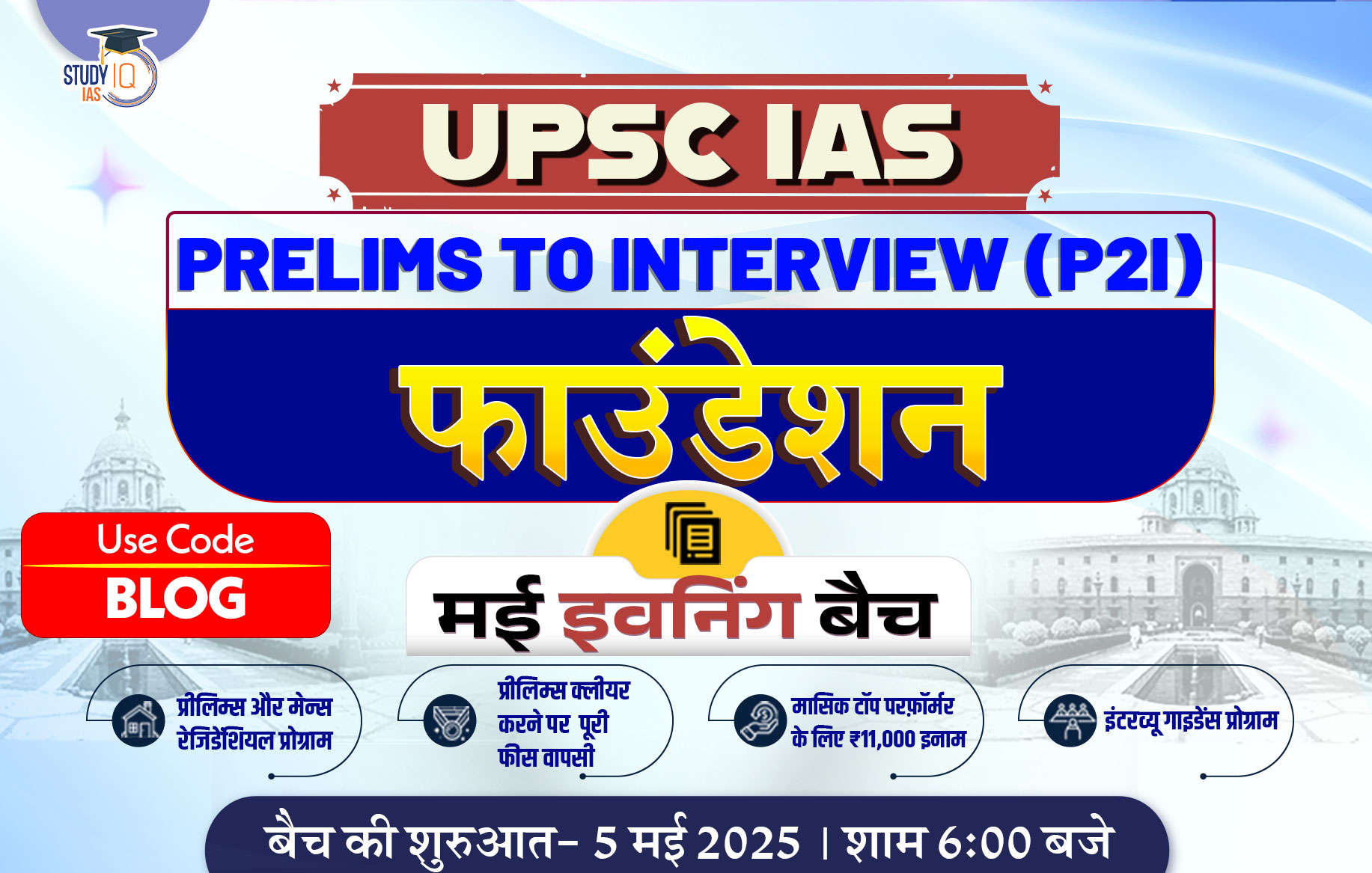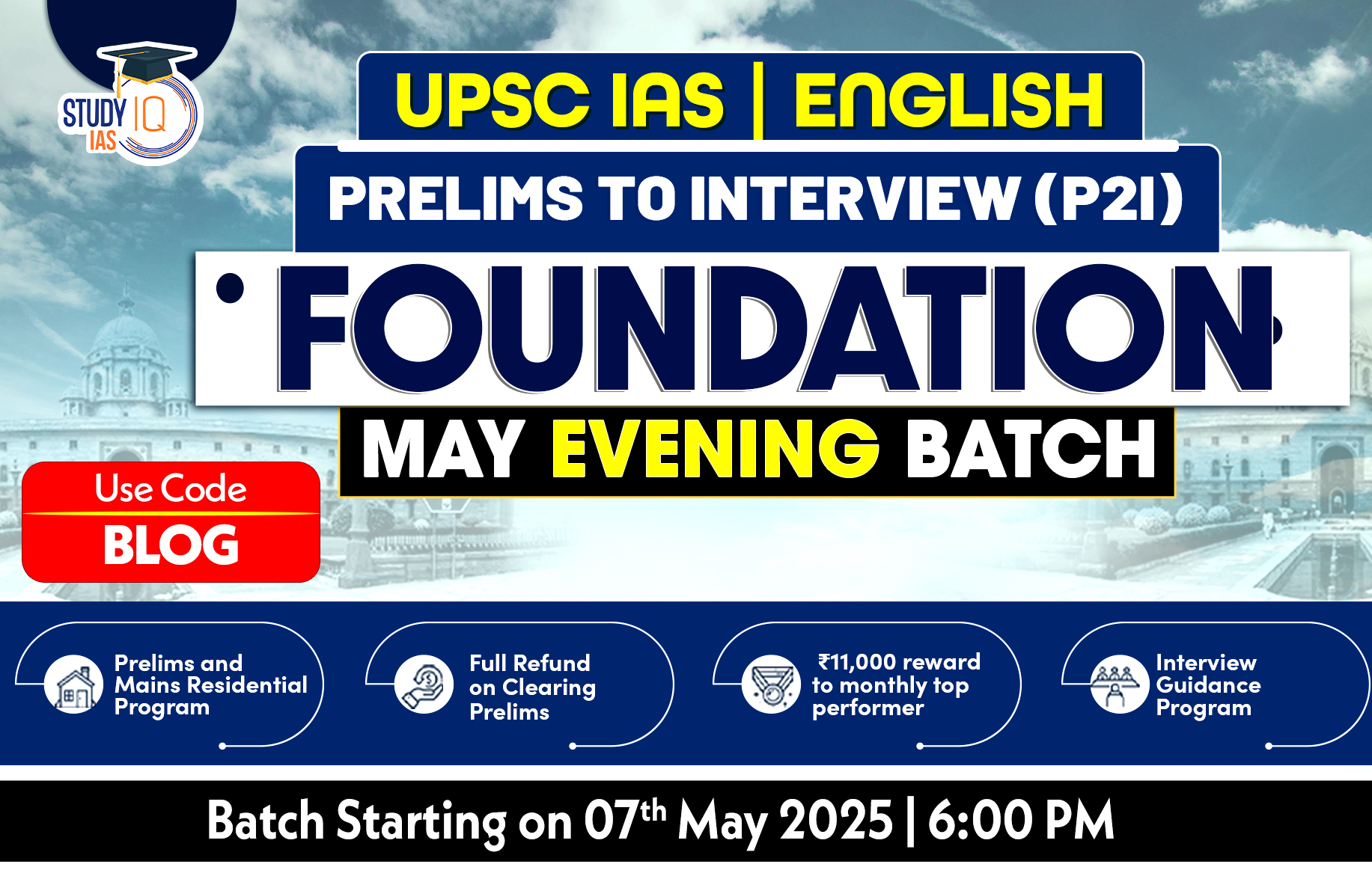Table of Contents
Context: The Mumbai Police’s Economic Offences Wing (EOW) conducted a polygraph test on Hitesh Mehta, the prime accused and former General Manager of New India Cooperative Bank.
Working Principle of a Lie Detector/Polygraph
- A polygraph records changes in bodily functions, which are believed to occur due to the emotional response to lying.
- The key parameters measured include: Blood pressure, Heartbeat (pulse rate), Respiration (breathing rate), Perspiration (sweat levels, also known as electrodermal response or psychogalvanic skin reflex), & Electrical impulses in the body.
- The modern polygraph was invented in 1921 by John Larson, a medical student at the University of California, in collaboration with a police officer.
Equipment Used in a Polygraph Test
- Pneumograph Tube – Wrapped around the chest to measure breathing rate.
- Blood Pressure-Pulse Cuff – Strapped to the arm to track pulse and blood pressure changes.
- Electrodes – Pick up electrical impulses from different body parts.
- Moving Graph Paper – Records changes in physiological functions when the subject answers questions.
How the Polygraph Detects Lies
- The examiner asks the subject a series of questions to the subject.
- The polygraph records baseline physiological responses when neutral questions are asked.
- When a subject lies, one or more body functions deviate from normal, leading to changes in the recorded graph.
- The examiner analyzes these deviations to infer whether the person is lying.
Accuracy and Reliability of Polygraphs
- Although widely used in interrogations, polygraphs are not scientifically proven to detect lies accurately.
- Many researchers argue that physiological responses can be influenced by factors other than lying, such as stress, anxiety, or nervousness.
- Polygraphs are not accepted as conclusive evidence in courtrooms due to their unreliability.
- Some individuals can train themselves to manipulate their physiological responses, making it easy to deceive the polygraph.
| Legal Admissibility of Polygraph Tests in India |
|


 Amazon’s Project Kuiper Gains Momentum...
Amazon’s Project Kuiper Gains Momentum...
 National Supercomputing Mission (NSM)
National Supercomputing Mission (NSM)
 SIPRI Report on Global Arms Spending and...
SIPRI Report on Global Arms Spending and...





















